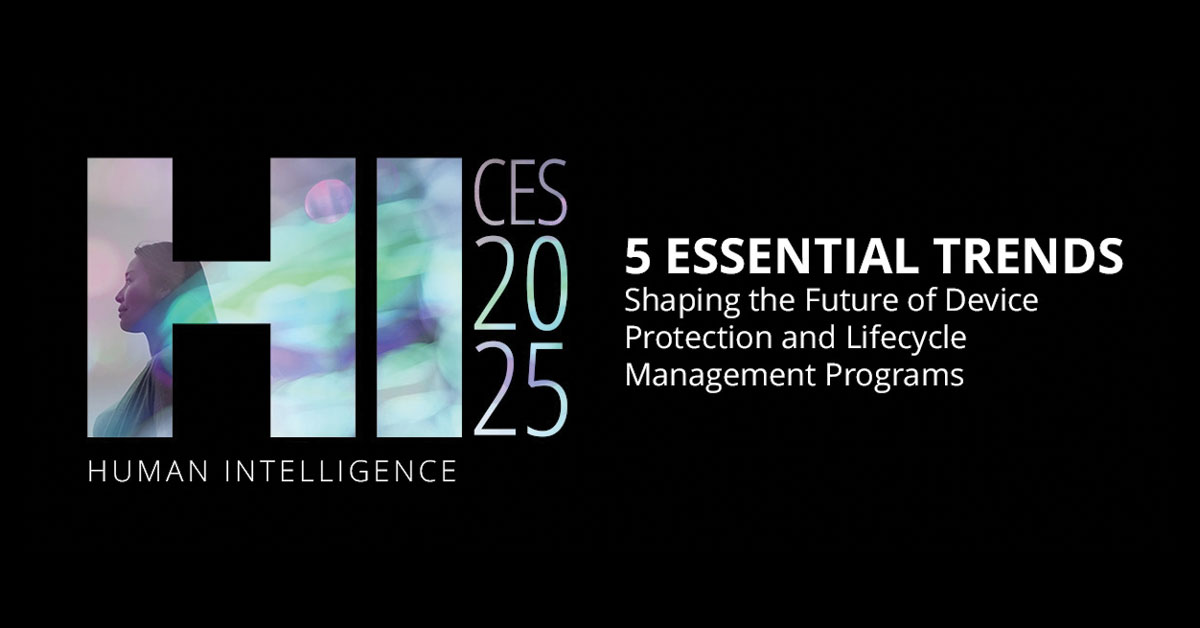Despite economic upheaval and a slowdown in new smartphone sales, trade-in programs are seeing growth. According to Assurant’s research, over $3.8 billion was returned to U.S. consumers in 2022 through mobile device trade-in programs – an increase of 25% over the previous year.
Not only are increasing numbers of devices being traded in, but there is high demand for smartphones that have a strong reputation for dependable hardware, as these devices retain their value over time. While traditionally, markets with a high demand for pre-owned devices have included Europe and North America, we are now seeing Africa and Asia as growing markets for repurposed 4G smartphones. With much of the world looking to upgrade to 5G, operators and OEMs can look to high growth 4G markets as an opportunity to repurpose pre-owned devices and drive revenues.
Driving the secondary device market
International Data Corporation estimated 282.6 million used smartphones were shipped in 2022, a 11.5% increase over the previous year. It expects that number to grow to 413.3 million units by 2026.
The strong growth in the secondary market can, in part, be explained by an increase in the number of trade-in and upgrade programs run by operators, OEMs and retailers alike. In developed markets, trade-in programs act as a form of subsidy, incentivizing consumers to upgrade to a newer, more premium smartphone, and depart with their older device to offset some of the cost. In fact, some players have been using trade-in combined with bundling (such as family plans and services) to encourage consumers to upgrade. The iPhone 14 for instance, has a number of trade-in options placed at the heart of many new offers, as does the latest Samsung Galaxy S23.
Apple and Samsung have implemented their own programs with enticing trade-in offers in a bid to attract buyers. By promoting the sale and encouraging the adoption of 5G phones, operators, OEMs and retailers can increase the supply of 4G devices—which can in turn, be channeled into the secondary device market.
The 4G opportunity
The last couple of years have shown that the fastest growing markets for refurbished smartphones include Africa, East Asia and India. By the end of 2020, there were 495 million mobile subscribers in Sub-Sahara Africa—and it is predicted that this figure will grow by another 120 million by 2025. Similarly, India has seen tremendous growth in demand for refurbished smartphones since 2019 with consumers opting for leading brands like Apple, Samsung and Xiaomi, but at an affordable price-point. In both instances, the secondary market is thriving thanks to the advancement in domestic tech and repair capabilities.
4G devices: Fueling the circular economy
Trade-in and upgrade programs not only enable consumers to adopt the latest 5G technology more affordably, but they also extend the useful life of 4G devices within the circular economy. Pre-owned 4G devices that are traded-in, refurbished and resold gives other consumers access to 4G phone features in less mature markets.
Refurbishing and reselling pre-owned smartphones also prevents these devices from ending up in landfills. The operators, OEMs and retailers that invest in trade-in and upgrade programs not only drive new revenue opportunities, but they also support corporate responsibility and sustainability objectives.






